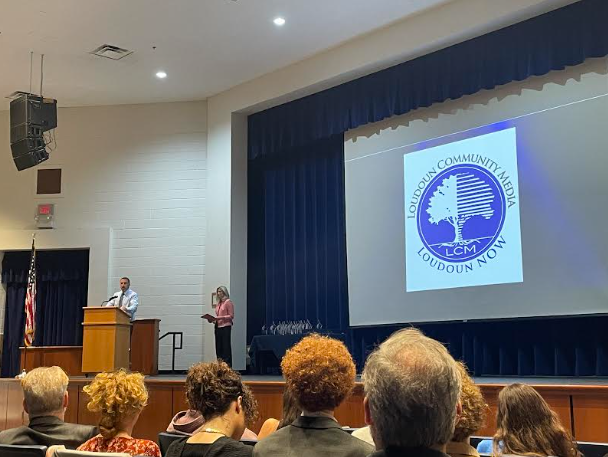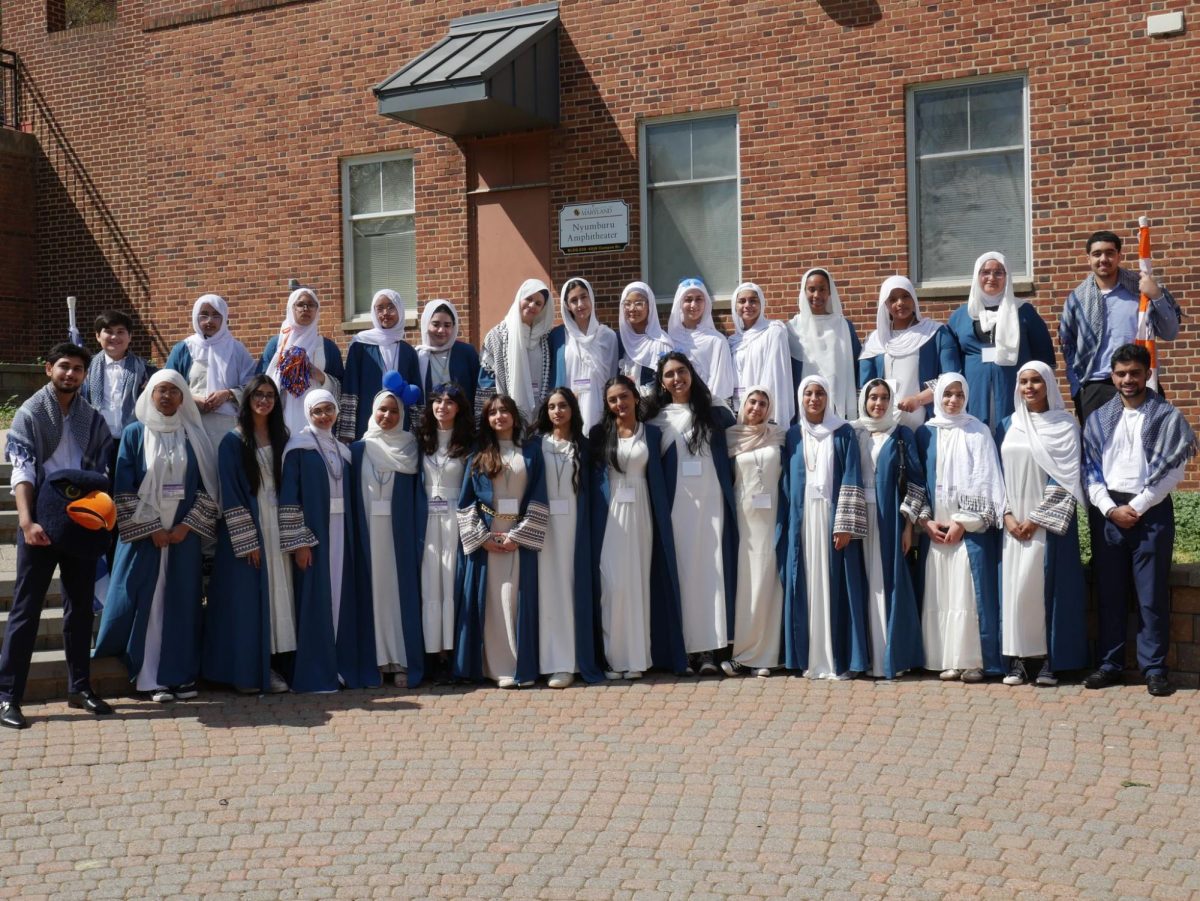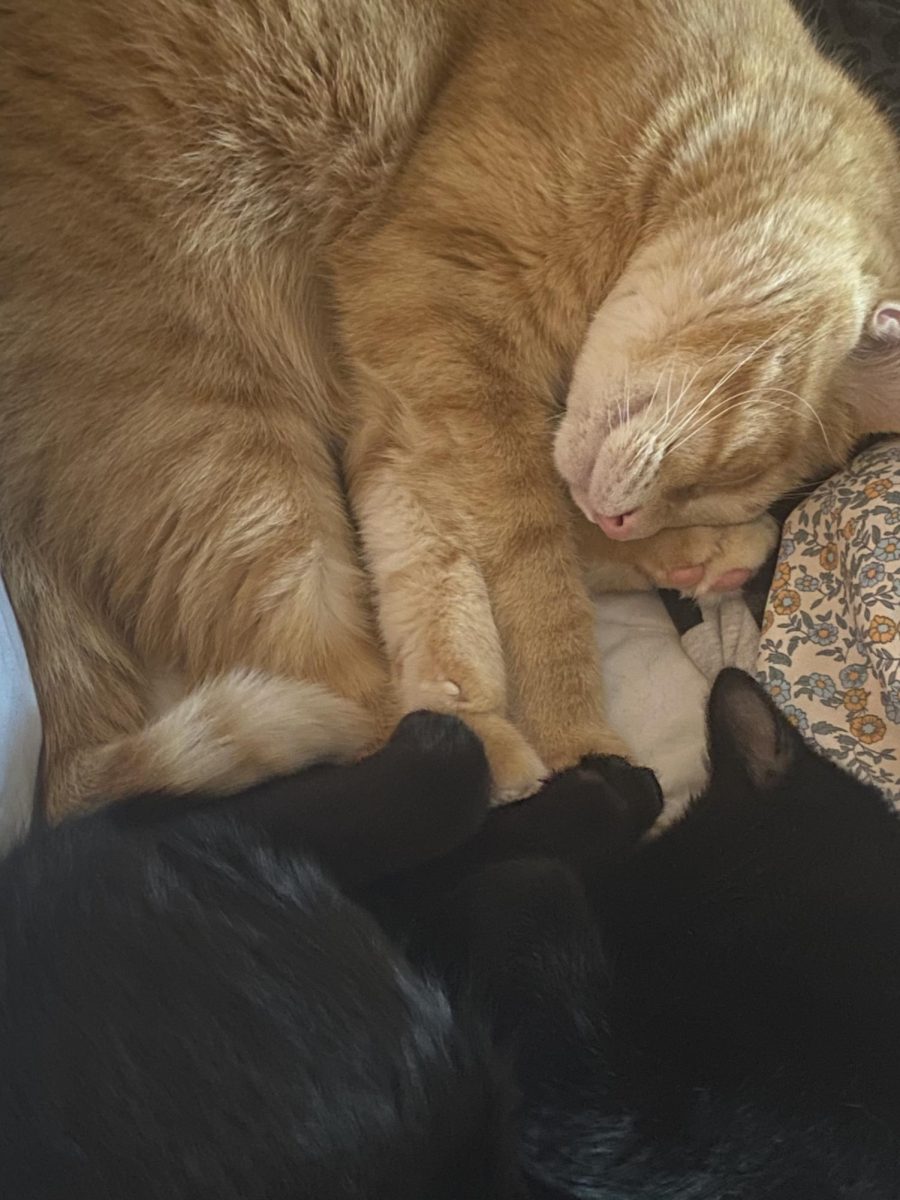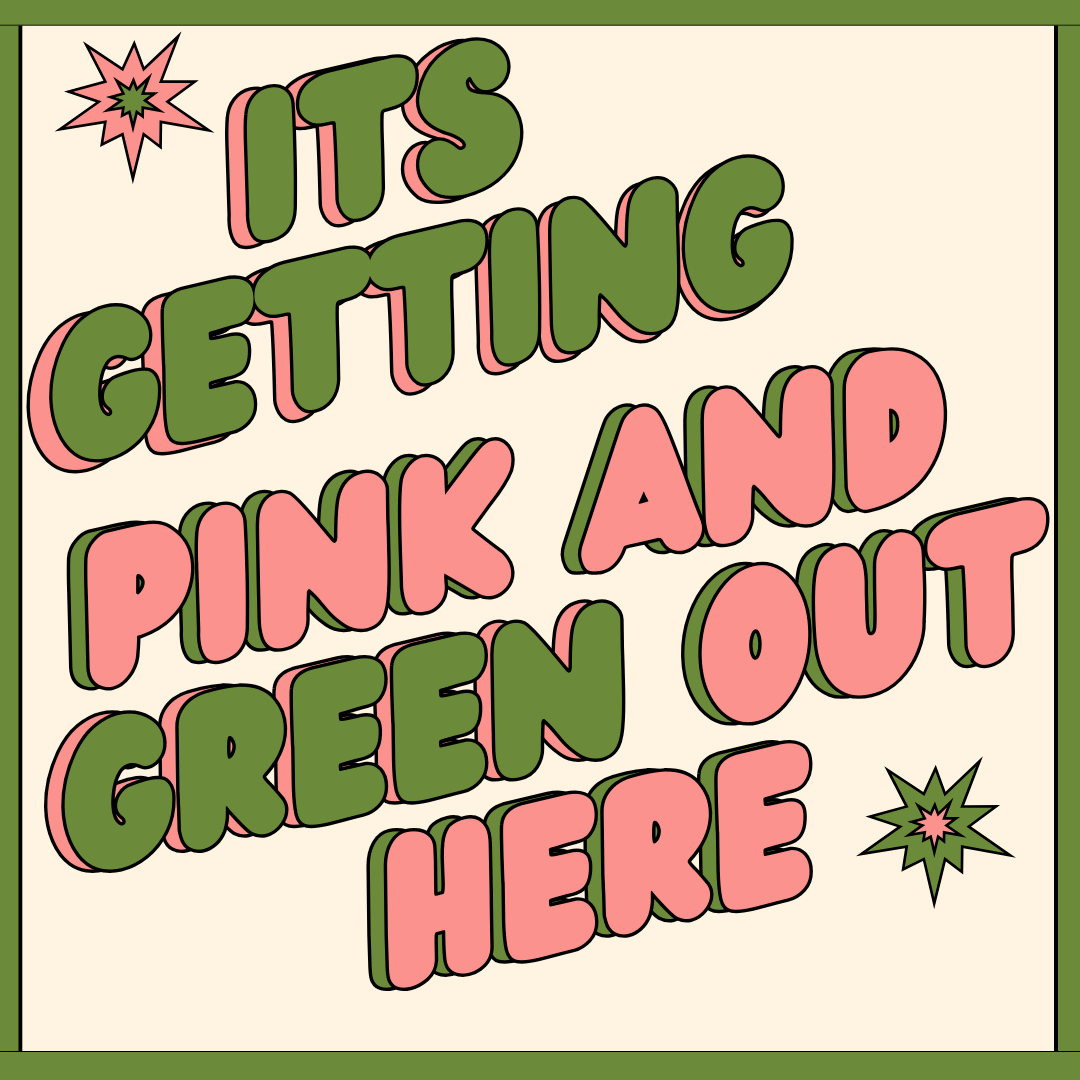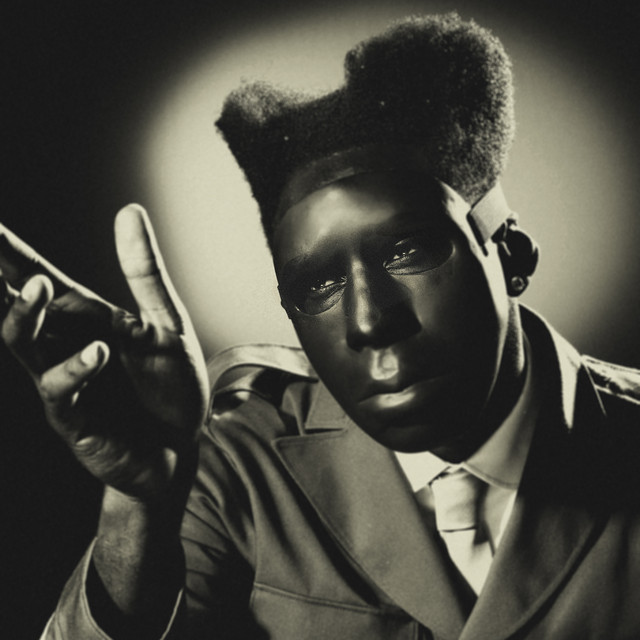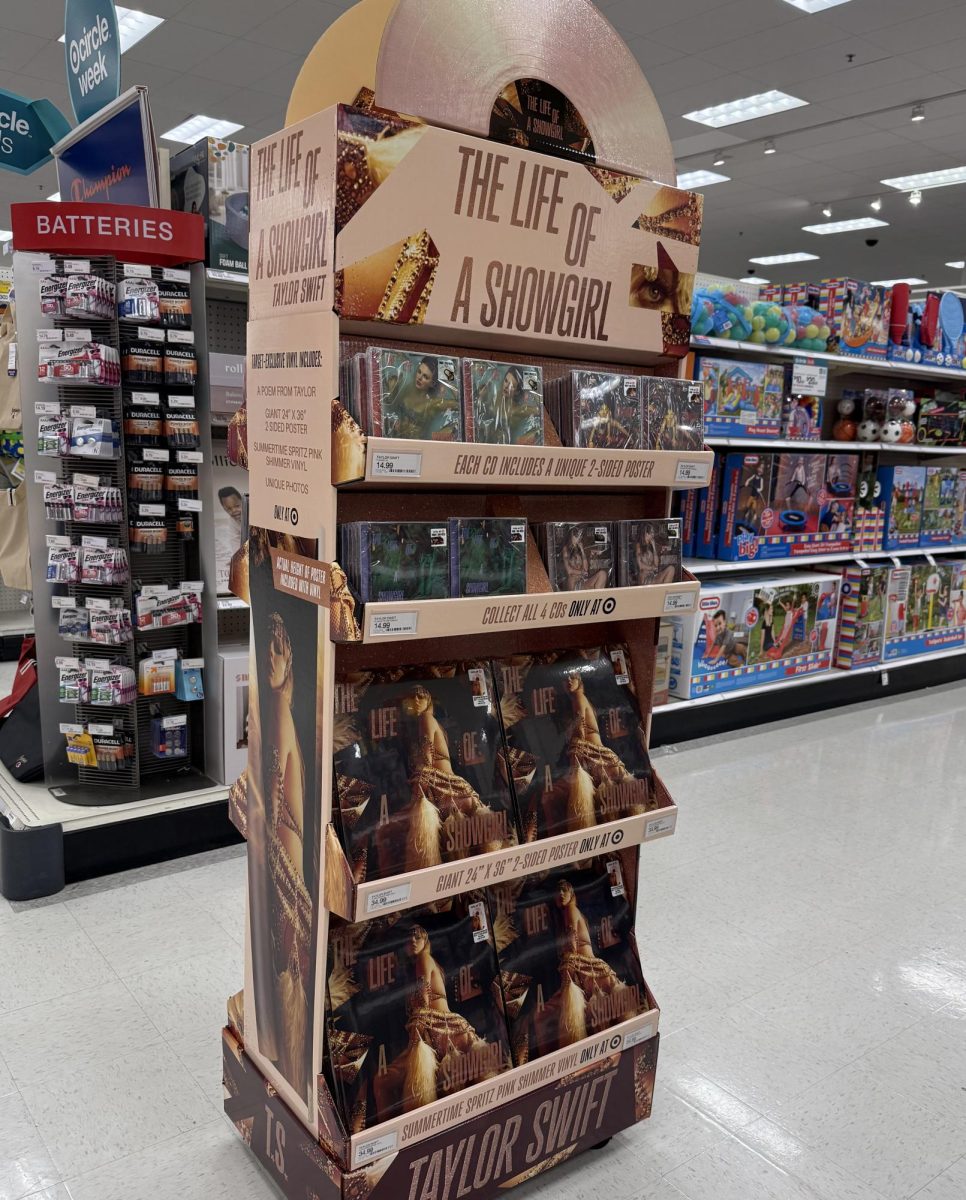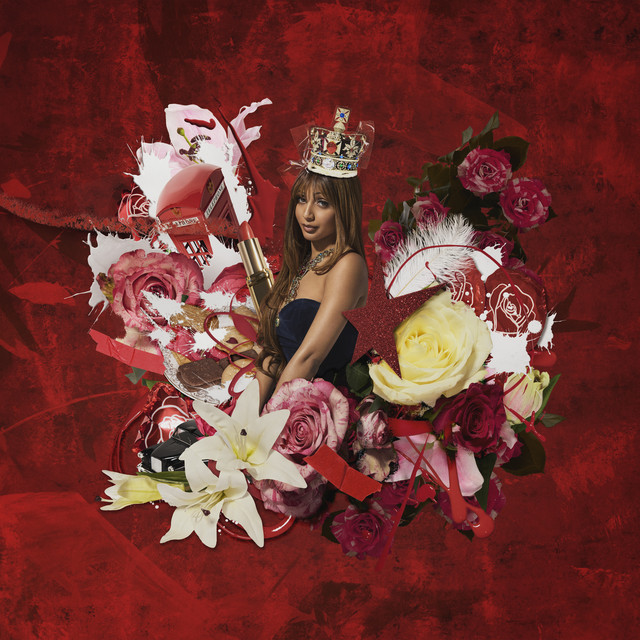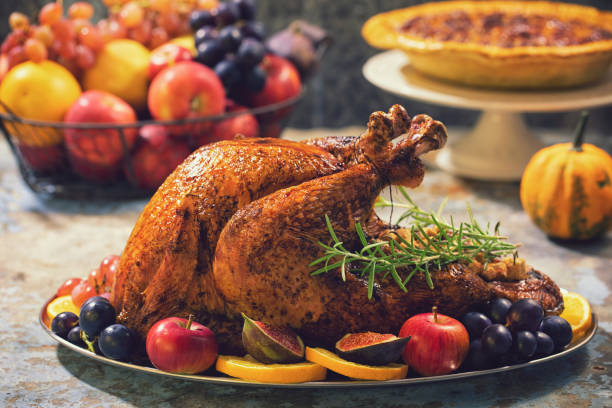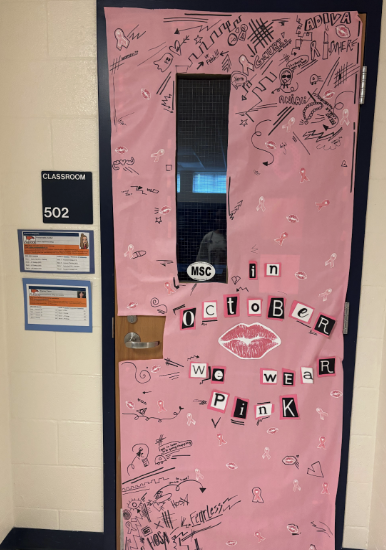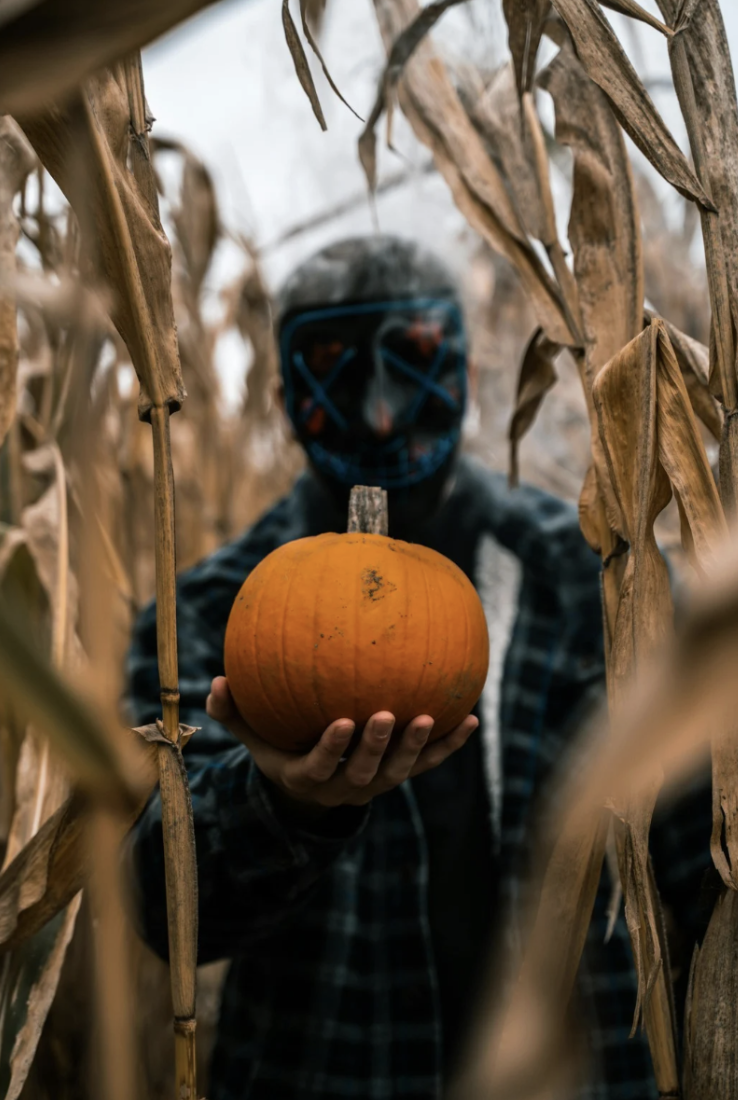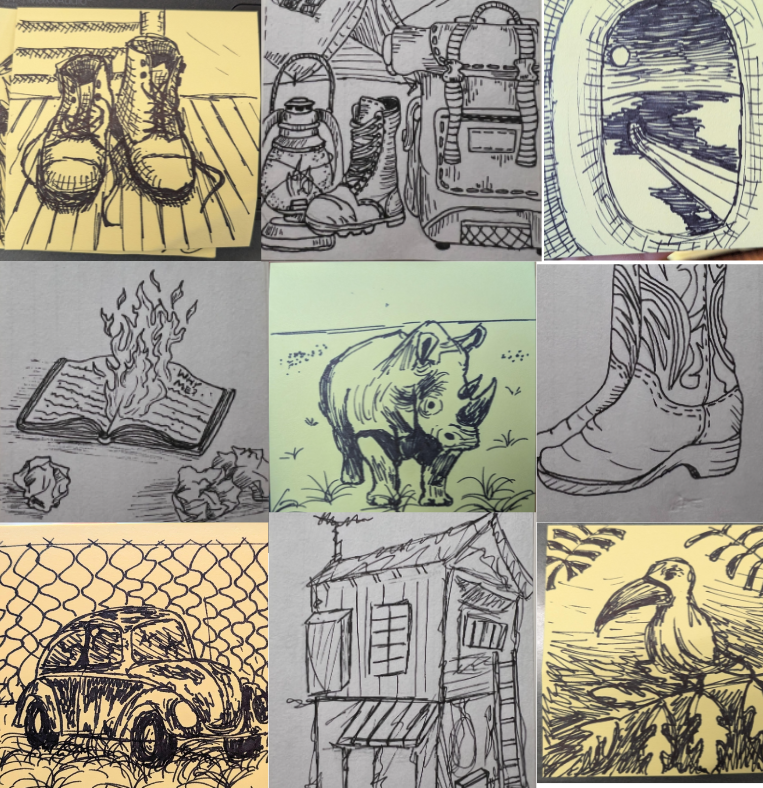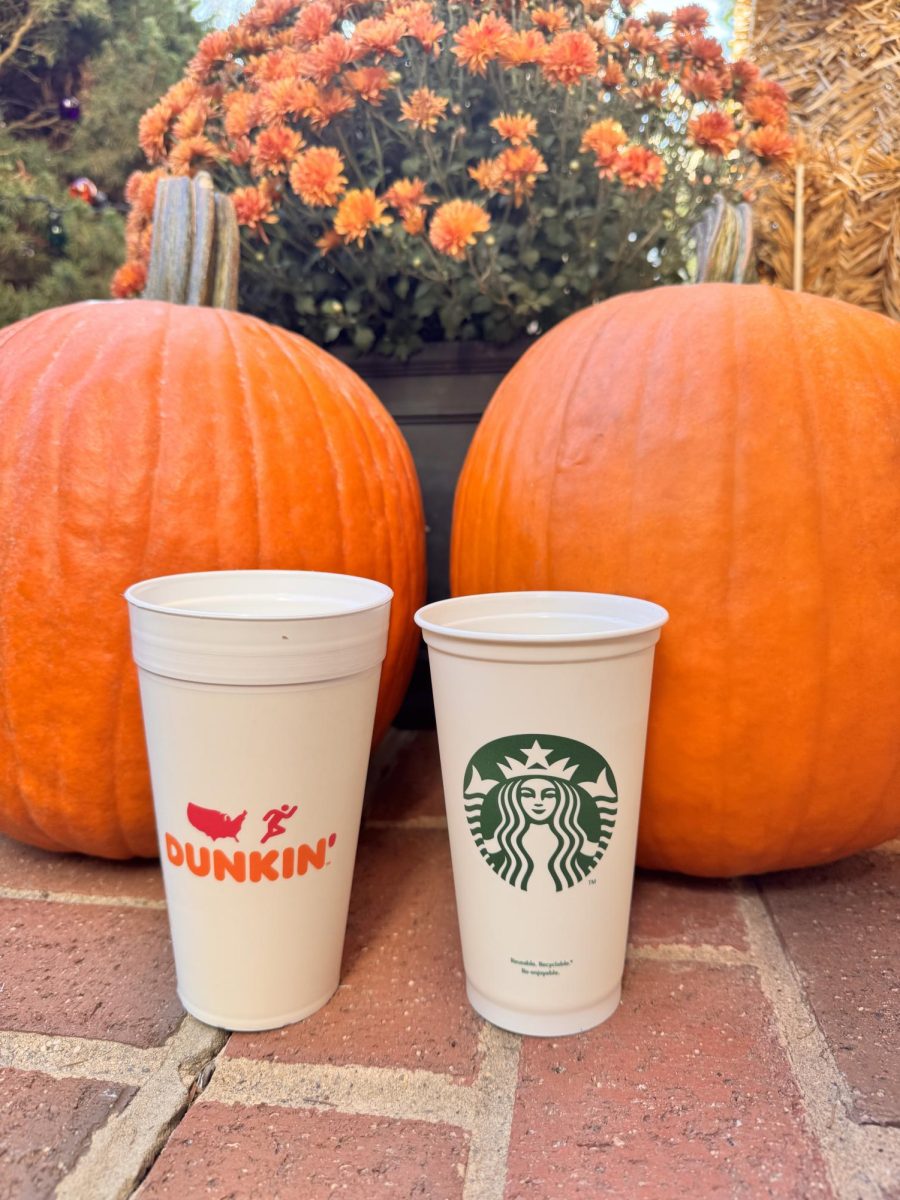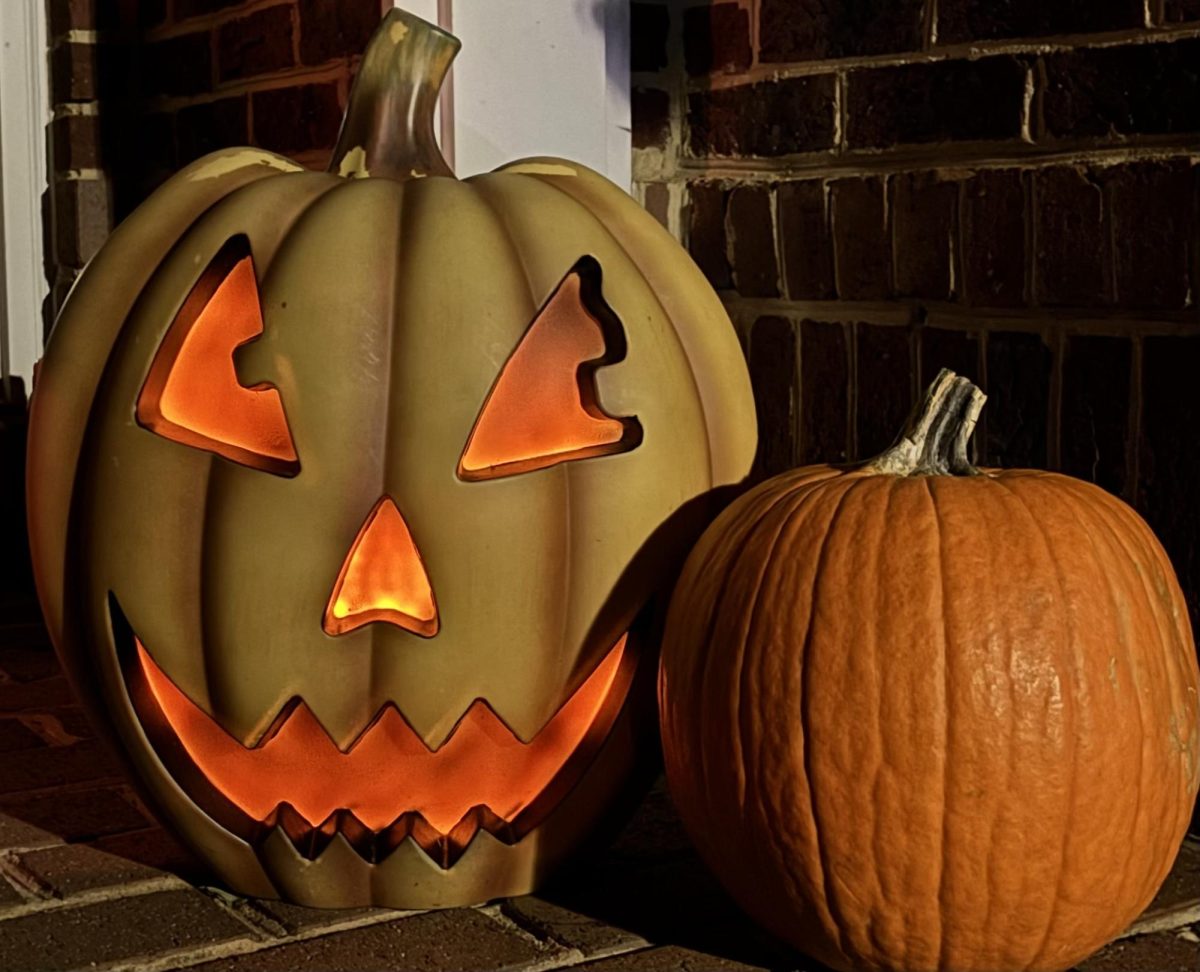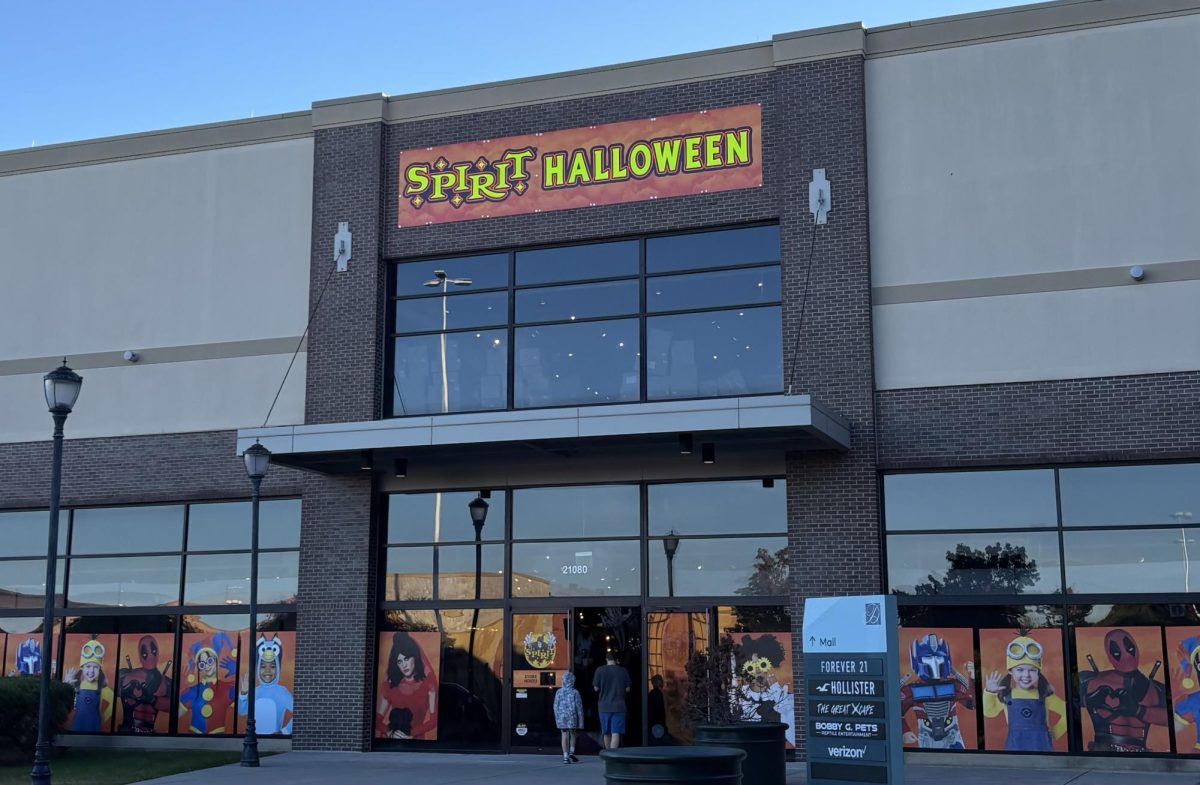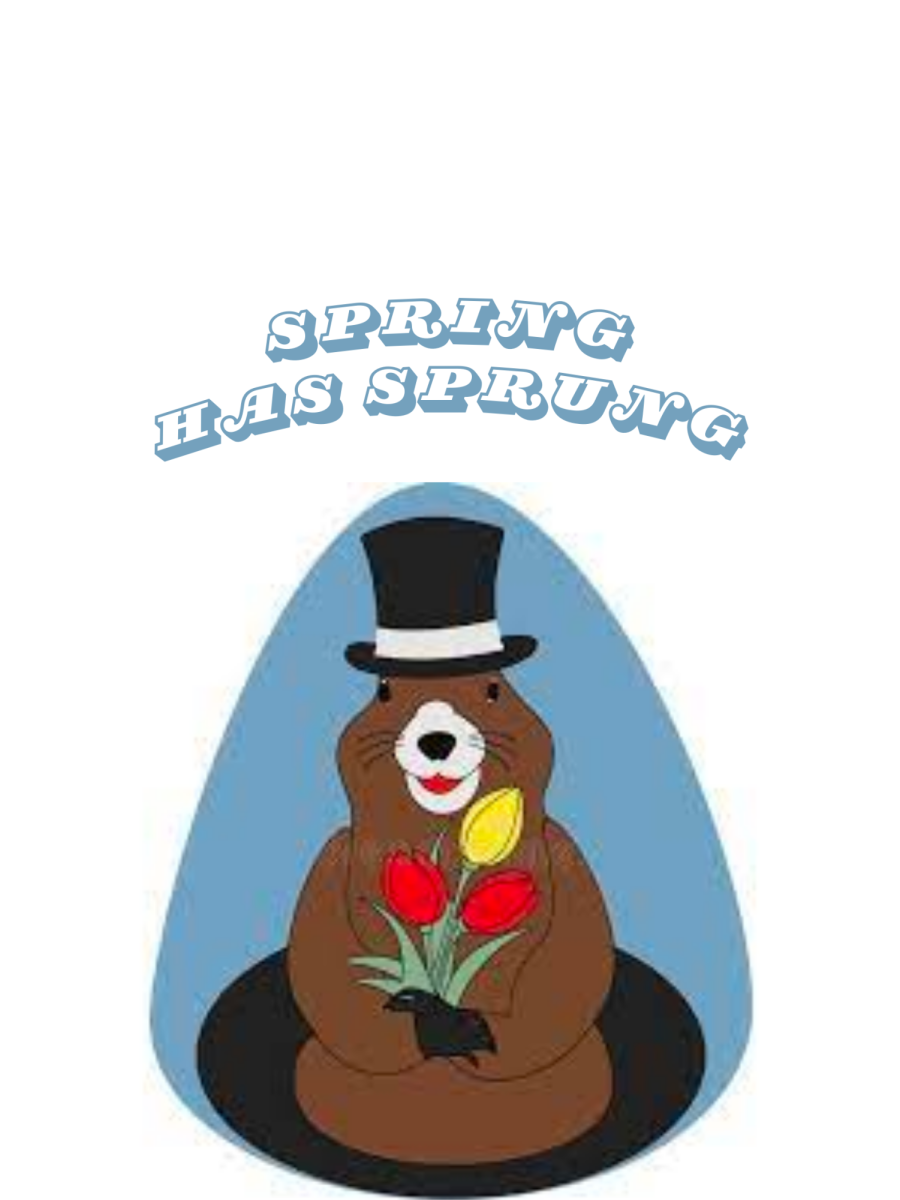In 1621, Plymouth colonists from England, known as pilgrims, shared an autumn harvest feast with the Native Americans, marking the first Thanksgiving ever.
According to Plimoth Patuxet Museums, ”The 1621 harvest celebration included plenty of wildfowl,[waterfowl, which are animals such as ducks and geese], and the Wampanoag and English occasionally stuffed birds and fish, typically with herbs, onions or, for the English, oats.” People that have studied the history of food have found that most modern Thanksgiving traditions began in the mid-19th century, more than two centuries after the Pilgrims’ first harvest celebration.
According to REALSIMPLE, ”While turkey wasn’t the centerpiece in 1621, annual autumnal harvest dinners continued, and turkey gained popularity as a source of protein. Indigenous to the area and plentiful, turkeys were larger than chickens, ducks, and geese, making them economical to serve to a crowd.” Turkeys were also very common in New England due to the Columbian Exchange, which lasted from 1492 to 1800.
The Columbian exchange was started shortly after the Americas were discovered by Christopher Columbus in 1492. The exchange was simple: what the Americas had, they would send back with the Europeans who were there, such as turkeys. The main r reason that turkey was served as a centerpiece starting in the 19th century was because it was cheap, plentiful and big.
Thanksgiving was not considered a holiday until in the 1830s when Sarah Hale, an American writer, had written letters to governors, ministers, newspaper editors, and every U.S. president with one request: that the last Thursday in November be set aside to “offer to God our tribute of joy and gratitude for the blessings of the year.” Hale pushed for Thanksgiving to become a national holiday. She also published turkey recipes in her magazine, Godey’s Lady’s Book. As a result of this, by the time the holiday was official, Thanksgiving and turkey were linked in the popular consciousness all over the world.




